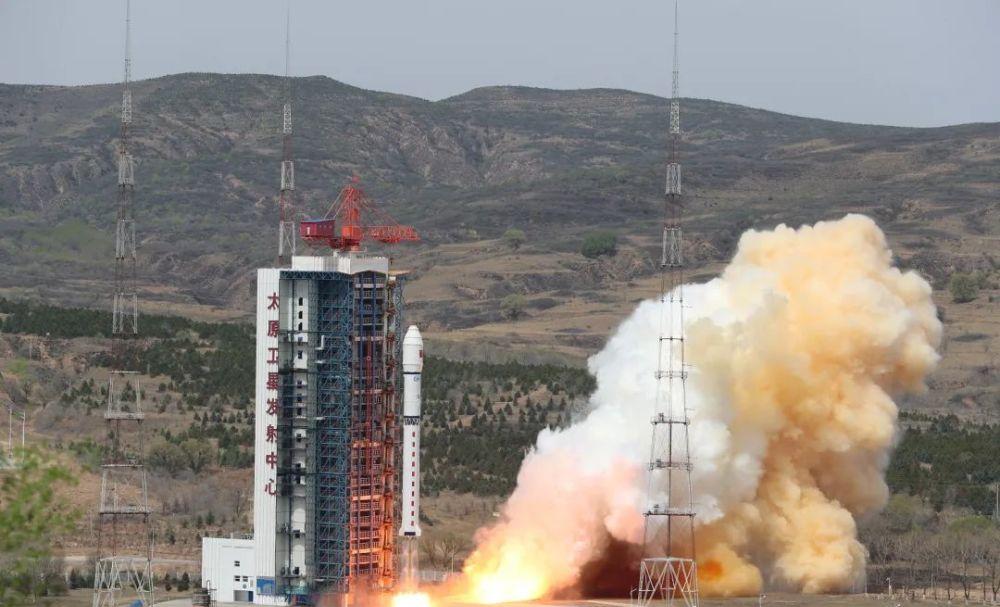◎ Science and Technology Daily reporter He Liang Fu Yifei Yang Lun
At 10:38 on May 5, 2022, the Long March 2 Ding carrier rocket was ignited and launched at the Taiyuan Satellite Launch Center, and successfully sent eight satellites, including the Jilin No. 1 wide-width 01C satellite and the Jilin No. 1 Gaofen 03D (27~33), into the predetermined orbit, and the launch mission was a complete success.

Image courtesy of The Long Light Satellite
The Long March 2 Ding carrier rocket that carries out this launch mission is a normal temperature liquid two-stage carrier rocket developed by the Eighth Academy of China Aerospace Science and Technology Corporation, with a take-off thrust of 300 tons, a carrying capacity of 1.2 tons corresponding to a 700-kilometer sun-synchronous circular orbit, and a single-satellite and multi-satellite launch capability with different orbital requirements.
Photo by Sun Gongming
The 8 satellites launched this time are all developed by Changguang Satellite Technology Co., Ltd. "Jilin No. 1" wide-format 01C star fully inherits the mature technology of "Jilin No. 1" wide-format 01A/B star, its width is greater than 150km, can provide users with a resolution of 0.5m, multi-spectrum 2m imaging products, with high resolution, ultra-large width, large storage, high-speed data transmission and other characteristics.
"Jilin No. 1" high score 03D27~33 satellite for light and small high resolution remote sensing satellites, the series of satellites width greater than 17km, can provide users with a resolution of 0.75m, multispectral 3m imaging products, with low cost, low power, low weight, high resolution characteristics.
After the 8 "Jilin No. 1" satellites launched this time are in orbit, they will be networked with 46 "Jilin No. 1" satellites in orbit, so far, the number of "Jilin No. 1" satellites in orbit has increased to 54, which can achieve 17 to 20 re-visits per day to any location in the world, providing richer remote sensing data and product services for agriculture, forestry, marine, resources, environmental protection, urban construction and scientific experiments.
Editor: Wang Yu
Review: Julie